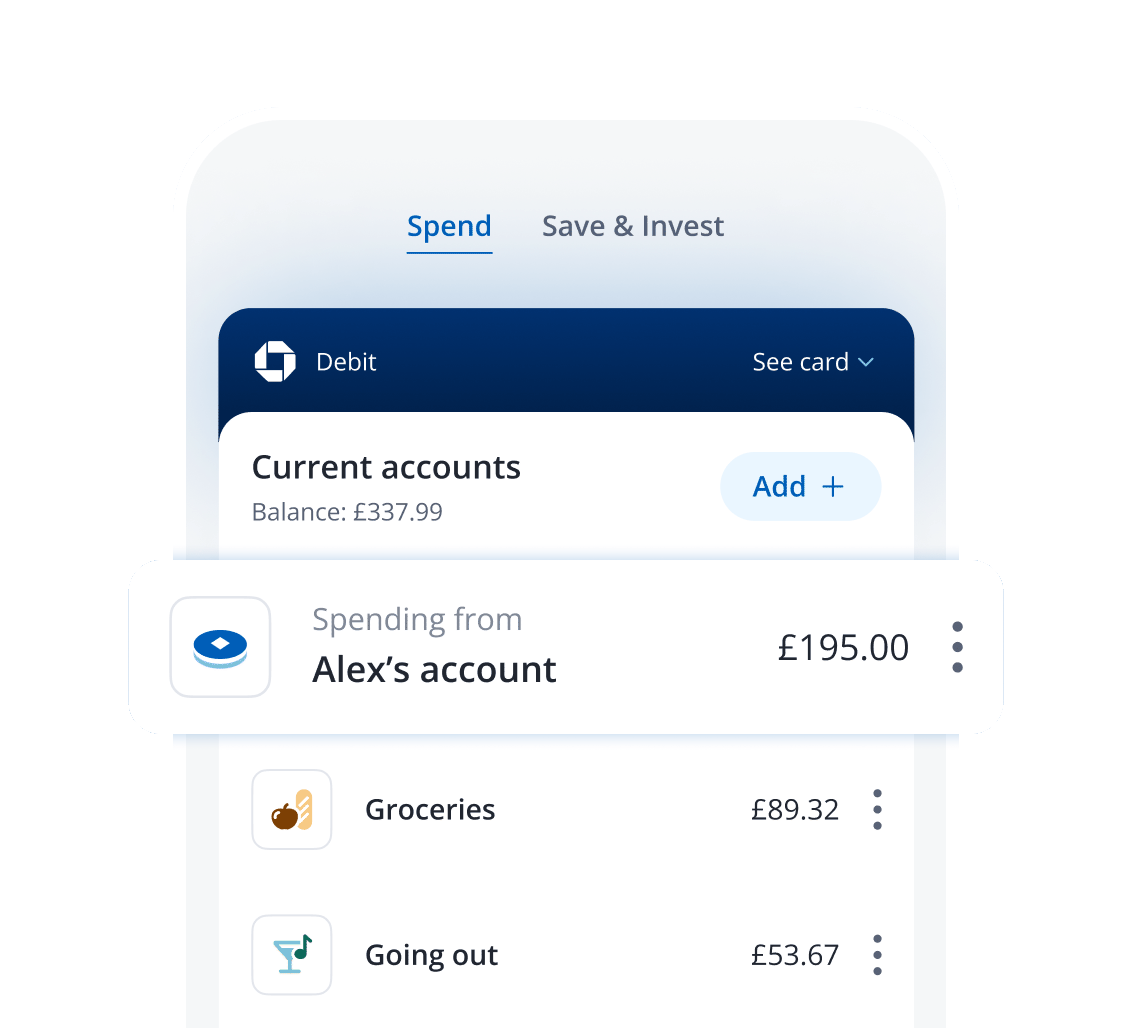Latest articles

money
5 humble habits to help build serious savings
4 min

life
Stamp cards and loyalty schemes: worthless clutter or money-saving essential?
4 min

money
Kakeibo: The Japanese art of budgeting and saving money
5 min

money
What could you do with an extra £500 each month?
7 min

money
What is cashback and how does it work?
4 min

security
Don't let your digital footprint become a way for fraudsters to steal your identity
4 min
Featured articles
 security
securityStaying safe when banking online
3 min security
securityTo trust or not to trust? Romance scams, investment scams, and other online confidence tricks
4 min help & advice
help & adviceUnderstanding gambling and knowing when to walk away
3 min security
securityScammers set their sights on older people
5 min security
securityGet smart about card fraud
5 min life
lifeFive money lessons to teach your children
4 min
Open a free current account
Join millions of people who already bank with us.

